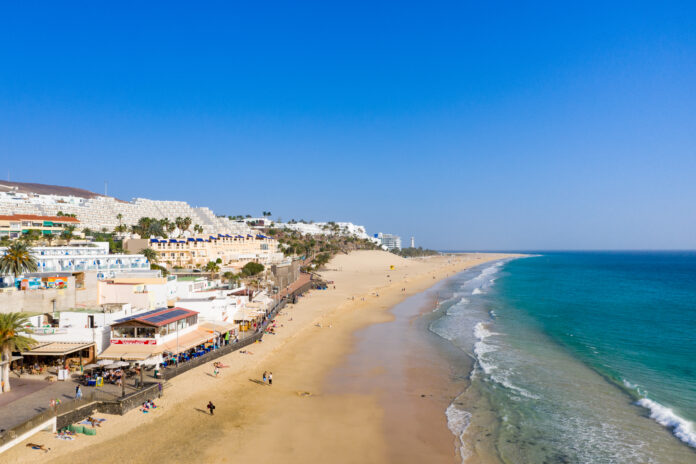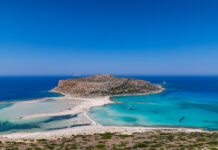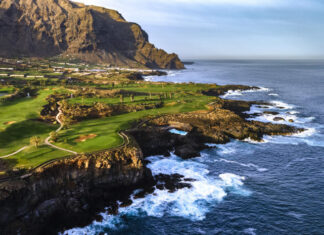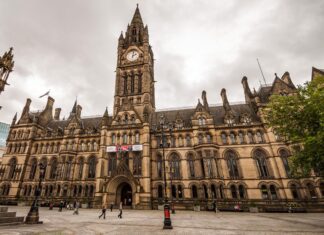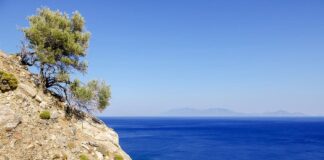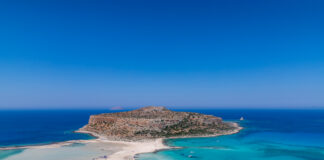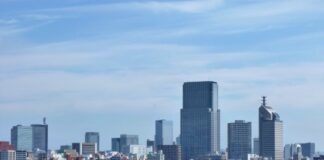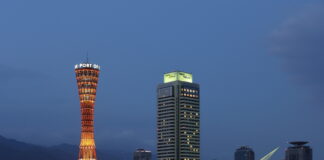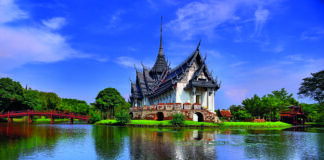Fuerteventura, one of the Canary Islands sitting in the Atlantic Ocean, is a Spanish island known for its enchanting beaches, surreal landscapes, and vibrant culture. This paradise, just off the coast of Africa, has a unique blend of European and African influences manifesting in its architecture, cuisine, and traditions.
Natural Beauty
Upon arriving in Fuerteventura, you are immediately captivated by its striking natural splendor. The island boasts extensive sun-kissed sandy beaches caressed by crystalline blue waters. With its plethora of over 150 beaches, Fuerteventura is regarded as the Canary Islands' crown jewel for beach lovers. The Corralejo dunes, resembling the Sahara Desert, contrast starkly yet beautifully with the sparkling sea. In addition, the island's interior is a dramatic mix of volcanic terrain, lonely hills, and intriguing geological formations, narrating the island's rich geological past.
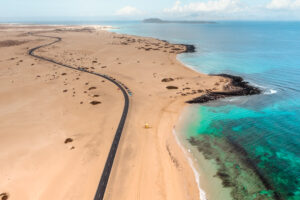
Charming Villages and Towns
Dotted across Fuerteventura are delightful villages and towns that embody the island's rich cultural tapestry. Betancuria, the island's original capital, is a picturesque historic village. Founded by Jean de Béthencourt in the 15th century, the village's star attraction is the Santa Maria Church, characterized by its elegant white facade and rustic wooden balconies. Meanwhile, Puerto del Rosario, Fuerteventura's current capital, is the bustling epicenter of commerce with an array of shops, eateries, and a harbor welcoming cruise ships.
Culinary Delights
The gastronomy of Fuerteventura is a palatable fusion of Spanish culinary traditions blended with African and Latin American influences. Seafood takes center stage, with dishes such as 'vieja' (parrotfish) and 'caldera' (a sumptuous lobster stew). Another delicacy that the island is celebrated for is Majorero cheese, derived from the milk of native goats. Complementing a meal with the island's wines, whose distinct flavor is attributed to the volcanic soil, is a gourmet's delight.
Water Sports and Activities
Fuerteventura's reliable wind conditions and rolling waves attract many water sports fans. Consequently, the island has earned the moniker 'Europe's Hawaii.' The island's waters are a playground for novice and seasoned surfers and windsurfers. Fuerteventura is also the proud host of the annual Windsurfing & Kiteboarding World Cup, which attracts global talent and enthusiasts. Those searching for a serene aquatic experience can also indulge in snorkeling and scuba diving in the island's clear waters.
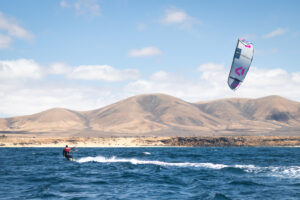
Festivals and Traditions
Fuerteventura is a cauldron of vibrant festivals and traditions throughout the year. Among these, the Carnival of Fuerteventura is a standout, characterized by its dazzling parades, extravagant costumes, and electrifying street parties. Another revered celebration is the Feast of Our Lady of La Candelaria and Saint Blaise, marked by traditional music and dancing.
Conservation and Sustainability
Fuerteventura holds a steadfast commitment to the preservation of its environmental treasures. The island is home to several protected regions, including Corralejo Natural Park, Jandia Peninsula, and Lobos Island. Through collaborative efforts between the government and local communities, a range of sustainability initiatives, such as reducing plastic consumption, endorsing renewable energy, and water conservation, are actively promoted.
Indigenous History
Fuerteventura's historical roots can be traced to its native inhabitants, the Guanches. While the Guanches have long ceased to exist as a distinct community, their heritage persists through archaeological sites scattered across the island. For those keen on history, the Tefia Archaeological Village and the Cueva del Llano cave are unique places to explore.
Top 10 Most Popular Places
- Corralejo Dunes Natural Park: This expanse of dunes is akin to a desert by the sea and a must-see for any visitor.
- Isla de Lobos: A small island just off the coast, Isla de Lobos is a haven for nature lovers and a fantastic spot for snorkeling.
- Betancuria: This historic village, with its white-washed buildings and cobblestone streets, exudes old-world charm.
- Cofete Beach: A remote and spectacular beach in the Jandía peninsula, its dramatic backdrop of mountains adds to its allure.
- Morro Jable: A quaint fishing village turned resort town, Morro Jable is famous for its beautiful beaches and lighthouse.
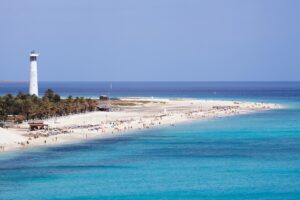
- Tindaya Mountain: Often called the "sacred mountain," it has significant archaeological importance and offers panoramic views of the island.
- Ajuy Caves: These impressive sea caves located in the small village of Ajuy is an example of Fuerteventura's stunning geological features.
- Oasis Park Fuerteventura: A large wildlife park in La Lajita where you can see various animal species and enjoy camel safaris.
- Salt Museum Salinas del Carmen: Discover the island's salt production history and explore the salt pans used for harvesting.
- Casa de los Coroneles: La Oliva's historic colonial house showcases traditional Canarian architecture and art exhibitions.

